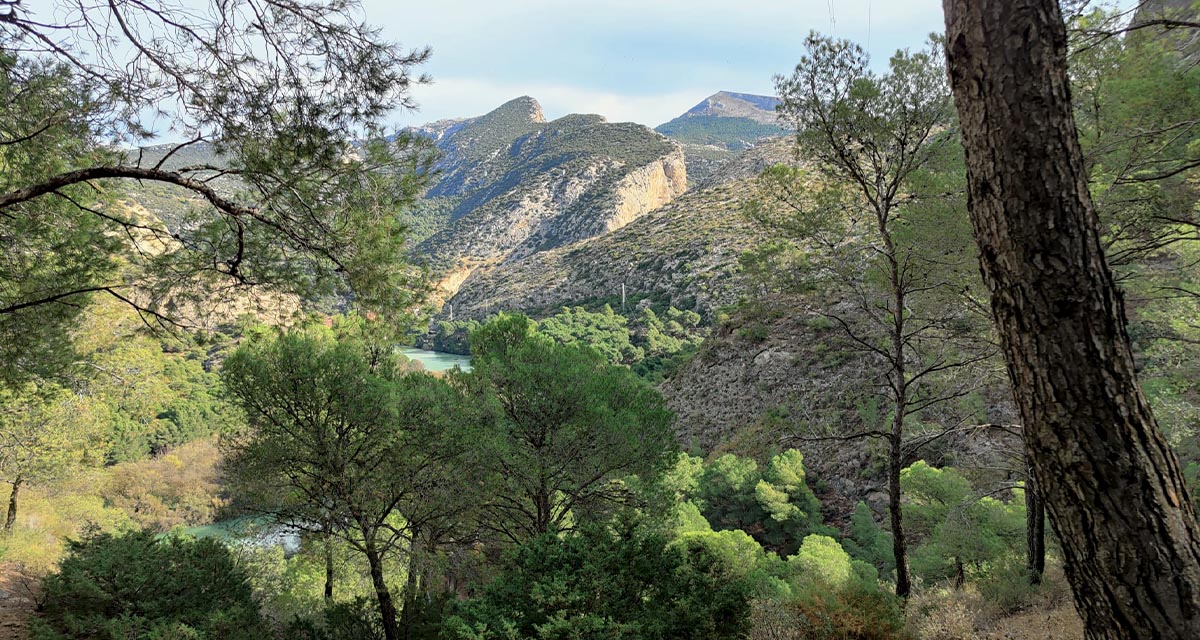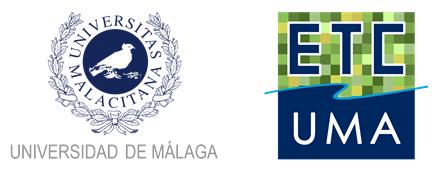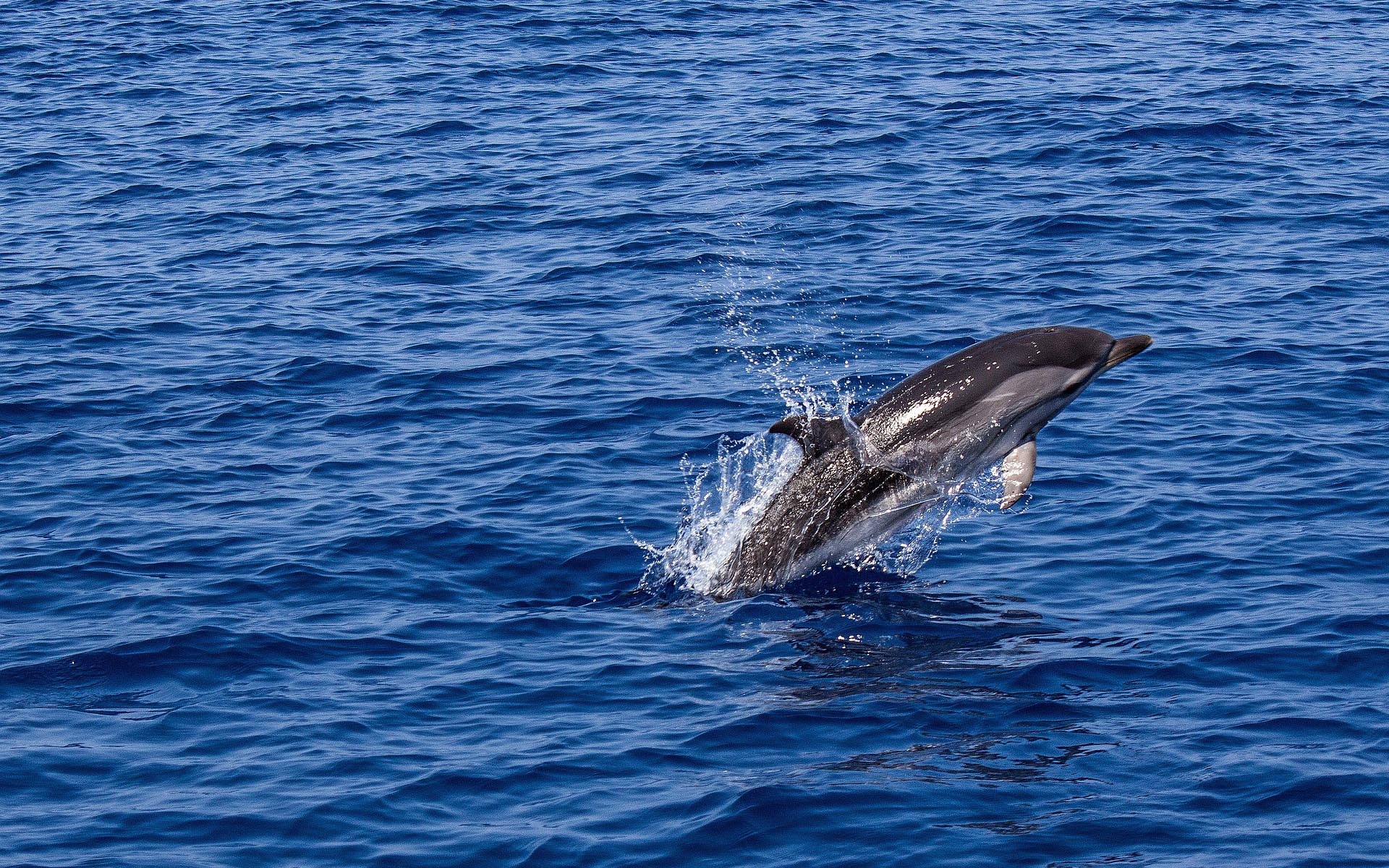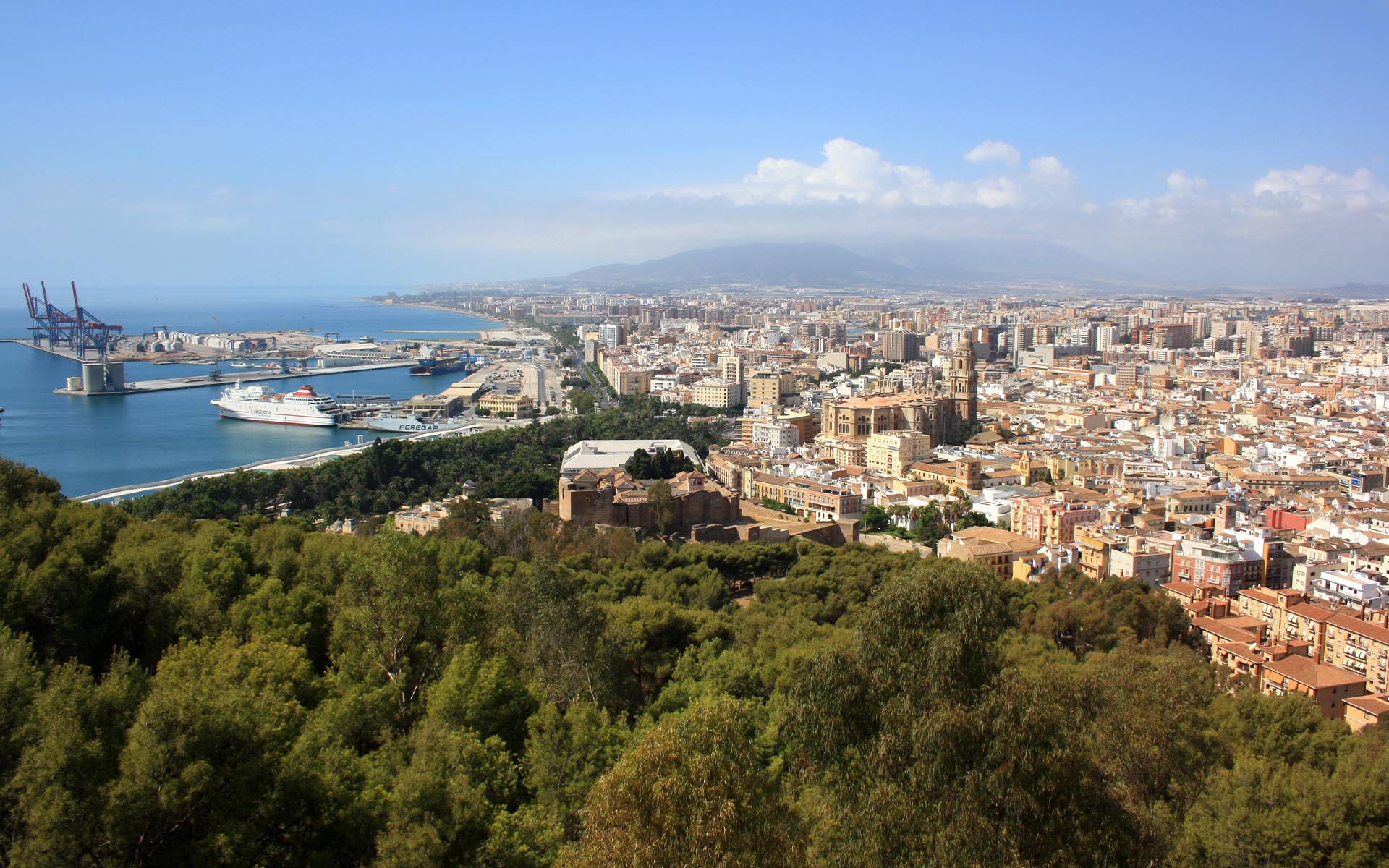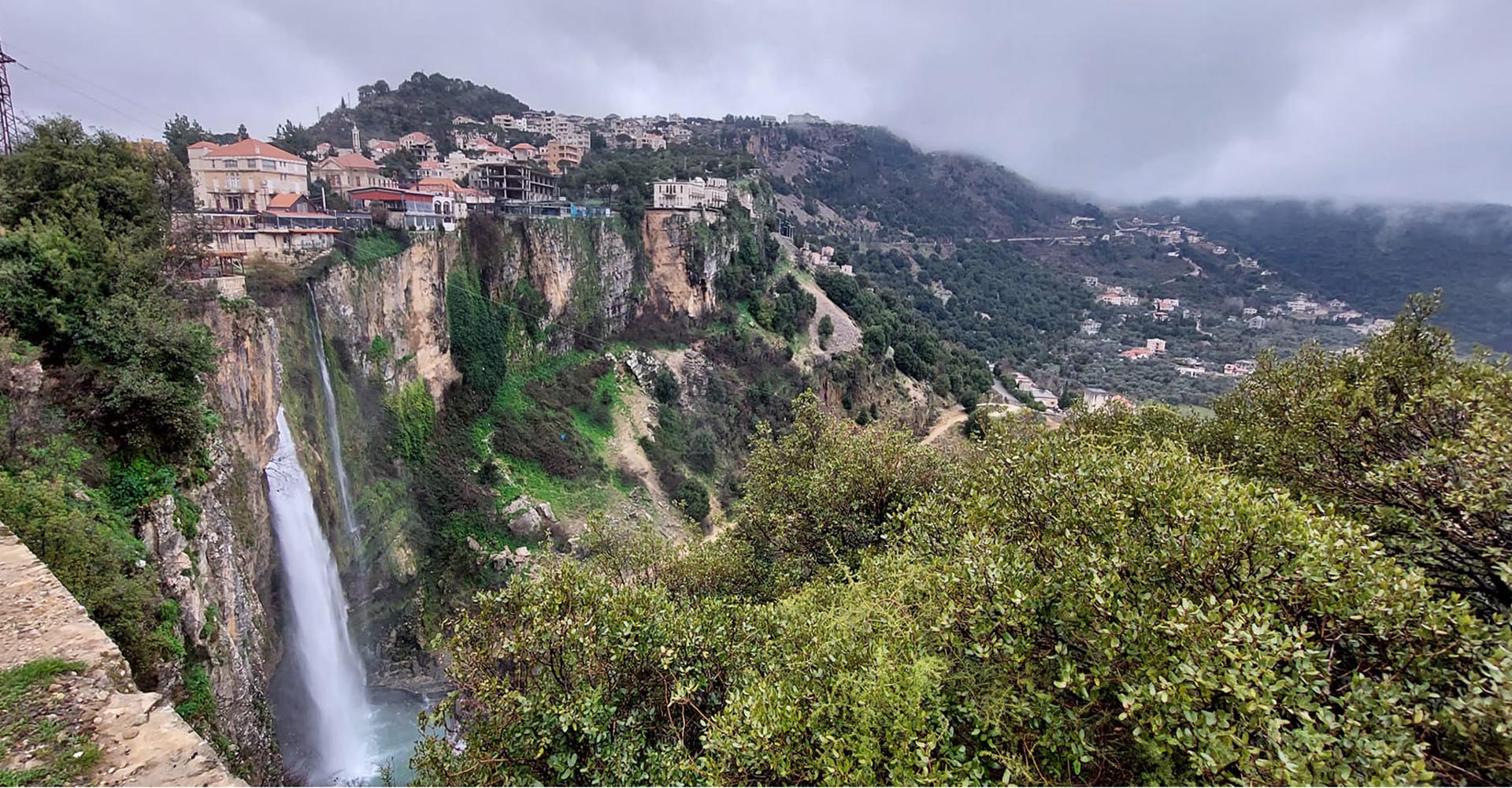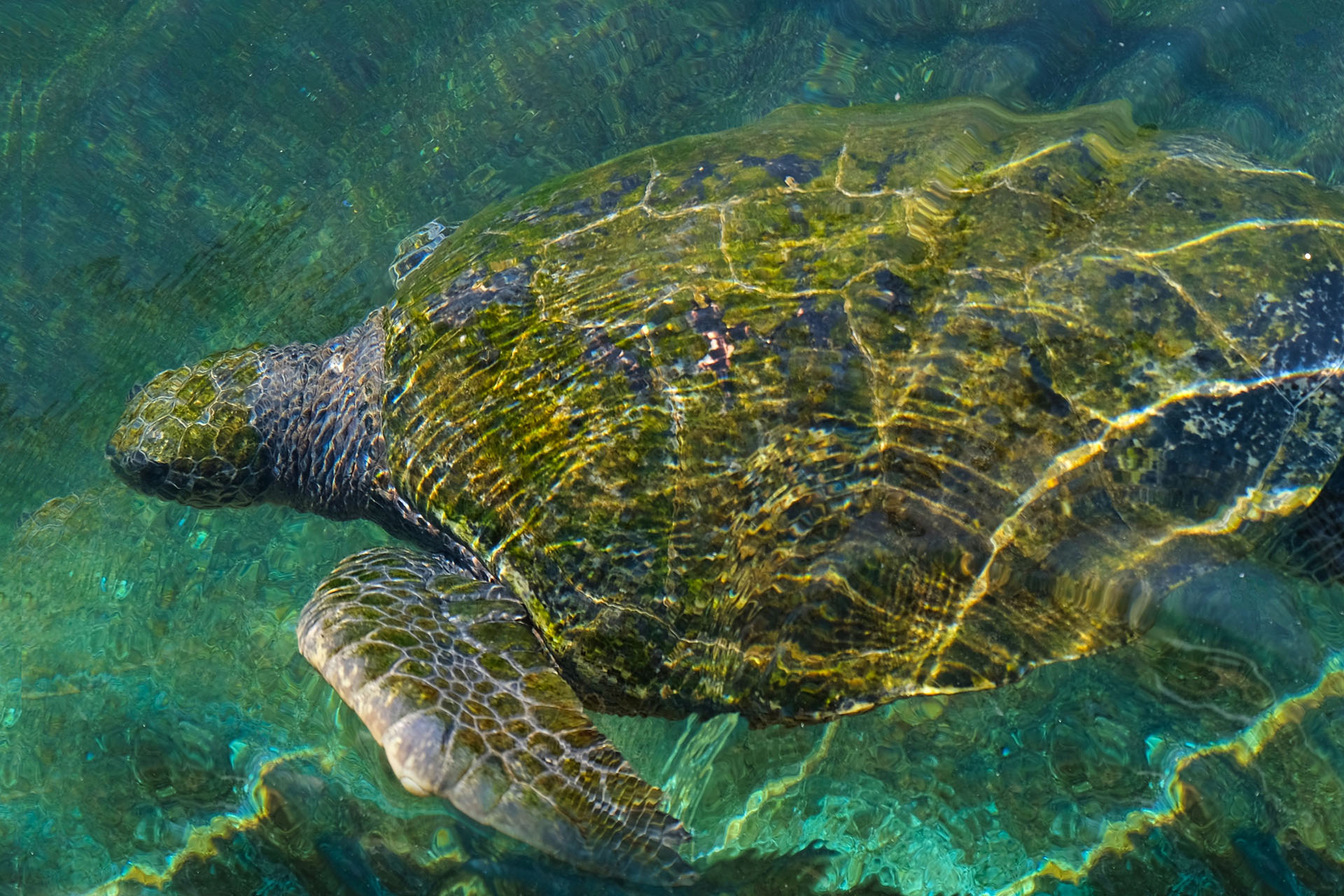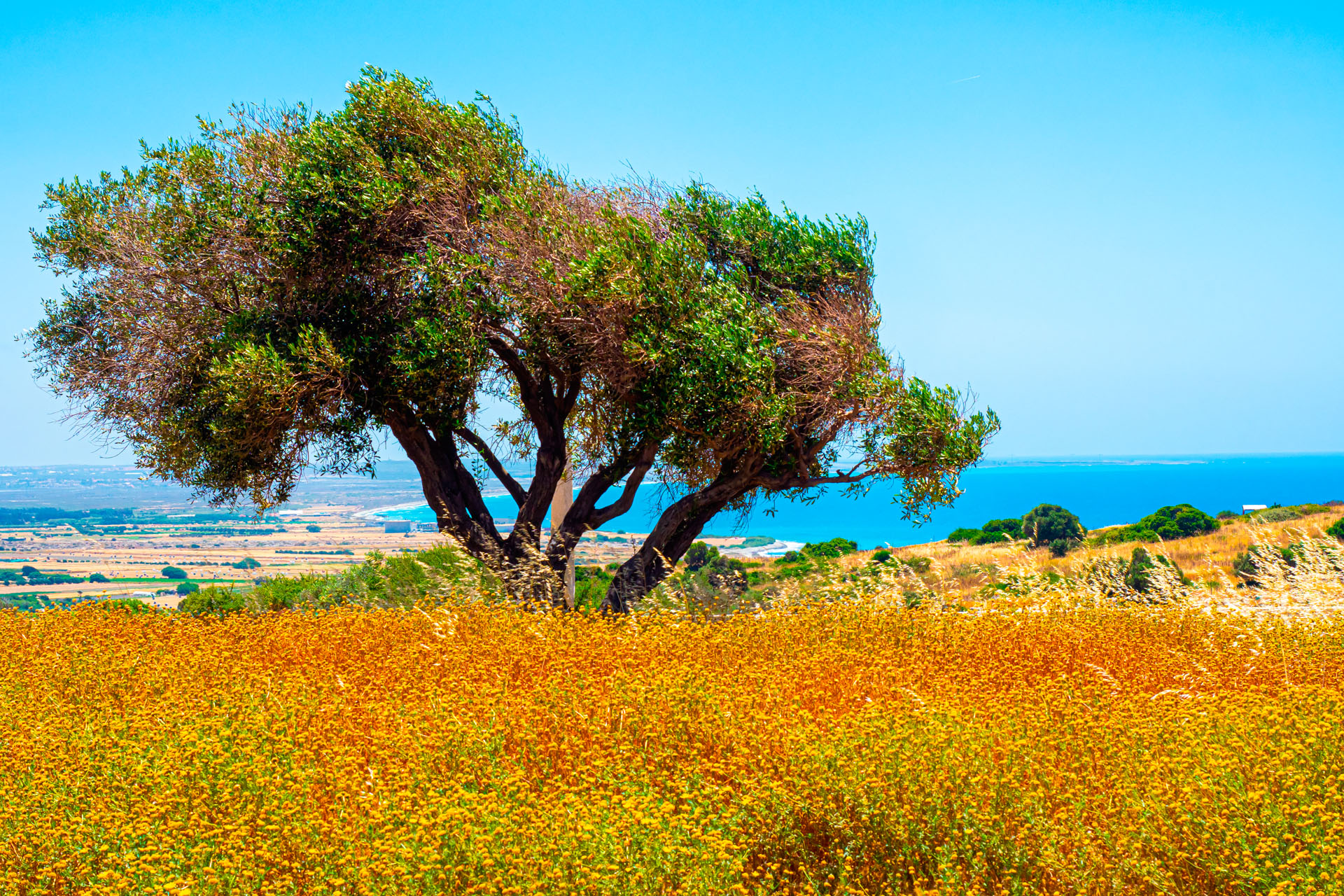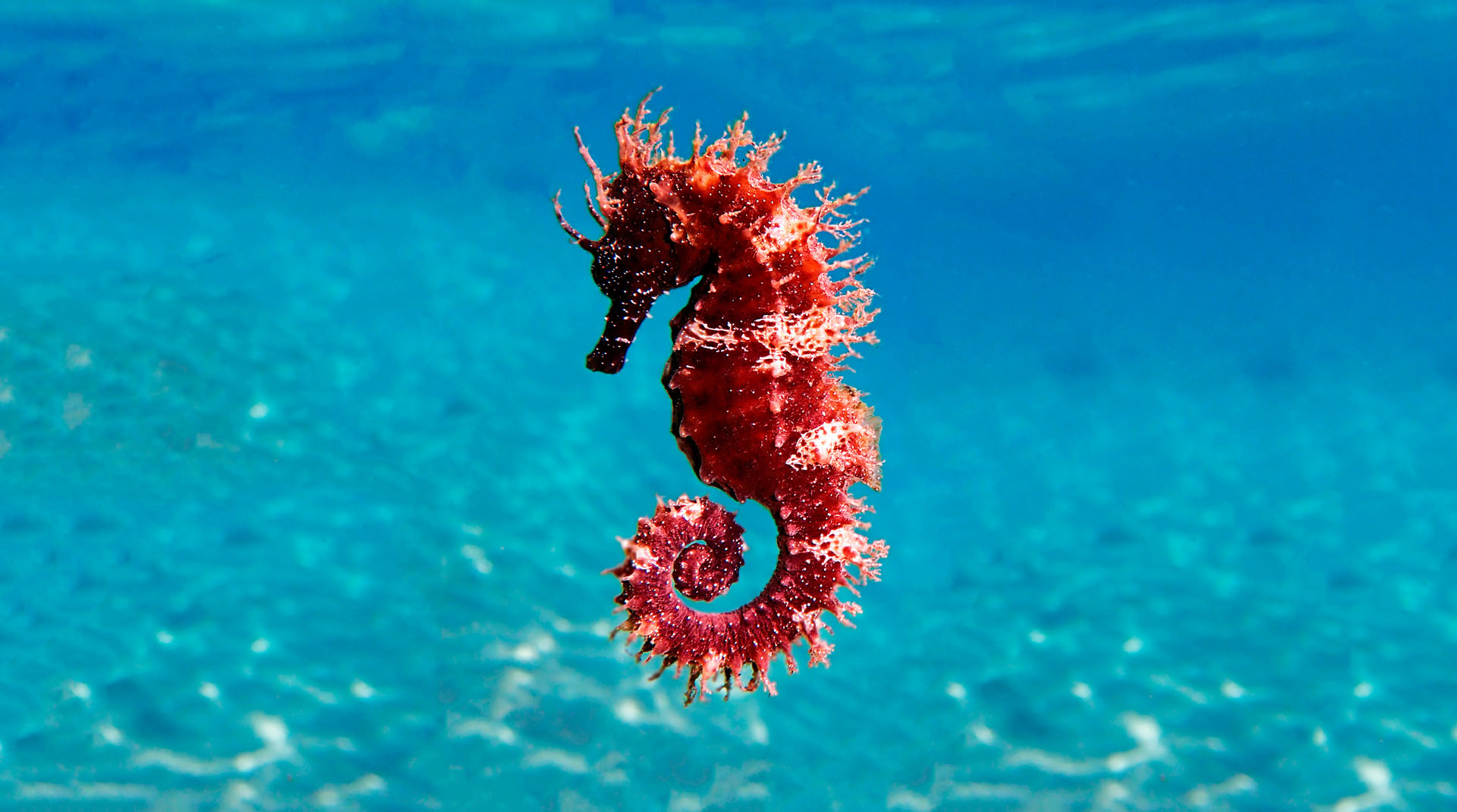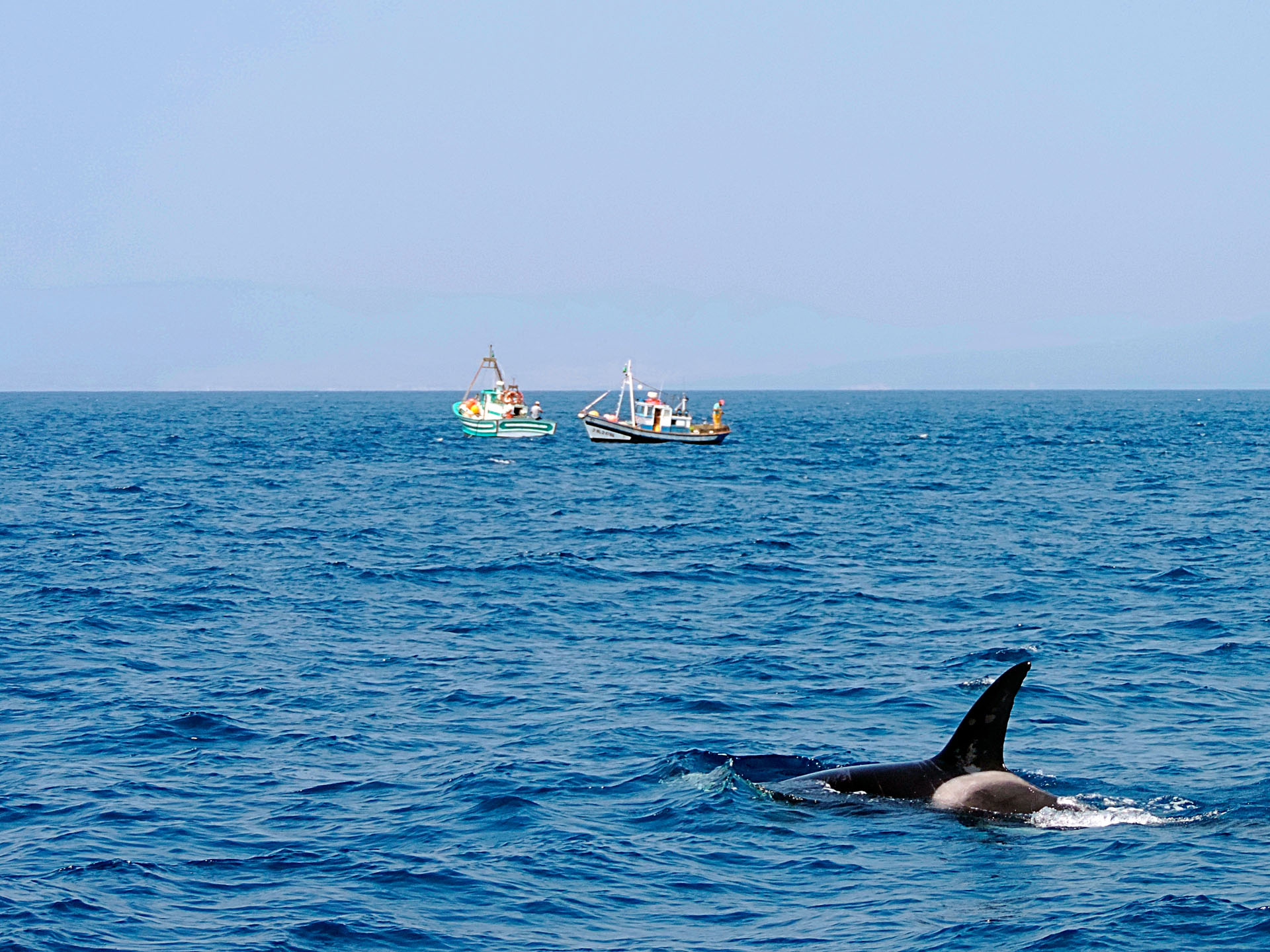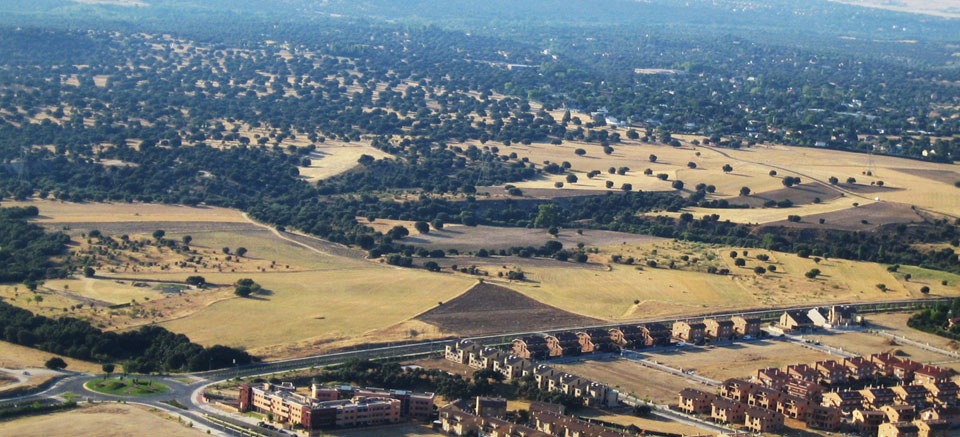European topic centre - university of malaga
Meet our team members

David Rodríguez
Senior researcher
davidrr@uma.es
+34 951 953 102
David Rodríguez-Rodríguez holds a European-mention PhD in Conservation Biology, an MSc in Ecological Restoration, two BScs: in Biology and in Environmental Sciences, and one University Specialist Degree in GIS and Remote Sensing.
He is author of 37 indexed articles, 6 books and 4 book chapters on territorial sustainability and biodiversity conservation.
Currently, he works as a Senior Researcher on Biodiversity Conservation and Management at the European Topic Centre, University of Malaga. His work and research interests include: protected area effectiveness evaluation; sustainability assessments at different ecological and spatial scales; environmental and socioeconomic indicator development; impacts of environmental policies and regulations; territorial planning; environmental sociology; and ecological restoration.
RESOURCES
Journal Articles
Rodríguez-Rodríguez, D.; Knecht, N.; Llopis, J. C.; Heriarivo, R. A.; Rakotoarison, H.; Andriamampionomanjaka, V.; Navarro-Jurado, E.; Randriamamonjy, V.
Socioeconomic impacts of small conserved sites on rural communities in Madagascar Journal Article
In: Environmental Development, pp. 100965, 2024, ISSN: 2211-4645.
Abstract | Links | BibTeX | Tags: Biodiversity, Conservation and management, Ecosystem services, Environmental conservation
@article{RODRIGUEZRODRIGUEZ2024100965,
title = {Socioeconomic impacts of small conserved sites on rural communities in Madagascar},
author = {D. Rodríguez-Rodríguez and N. Knecht and J. C. Llopis and R. A. Heriarivo and H. Rakotoarison and V. Andriamampionomanjaka and E. Navarro-Jurado and V. Randriamamonjy},
url = {https://www.sciencedirect.com/science/article/pii/S2211464524000034},
doi = {https://doi.org/10.1016/j.envdev.2024.100965},
issn = {2211-4645},
year = {2024},
date = {2024-01-01},
urldate = {2024-01-01},
journal = {Environmental Development},
pages = {100965},
abstract = {Madagascar is considered one of the top global biodiversity hotspots while at the same time is among the world's least developed countries. Pressing socioeconomic needs such as food provision often lead to unsustainable land use and widespread loss, fragmentation and degradation of natural habitats. Thus, ascertaining the socioeconomic effects of small conserved sites is urgent in order to show their benefits and identify their costs to attain sustainable rural development on the island. Here, we used structured questionnaires in two surveys to key local stakeholders, including 1) managers of three conserved sites smaller than 100 ha, and 2) local communities living around such sites (cases) and similar neighbouring communities unaffected by those conserved sites (controls), following a Before-After-Control-Impact design. Median income did not differ between case and control communities, although case communities reported better self-perception of their economic situation and wider availability of basic services. Substantial revenues from tourism accrued only to one local community from a conveniently located, community-managed site: Anja Community Reserve. No differences in the economic effects from the establishment of the conserved sites were found between sex, age or education levels of community members. Exploitation of natural resources from conserved sites was either prohibited (two sites) or severely restricted (one site). As a result, case communities tended to collect fewer natural resources from nearby areas than control communities. Contrary to expectations, case communities reported less economic impact than control communities during the COVID-19 pandemic even though visitors were reduced to zero, which likely indicate greater socioeconomic resilience due to previous community investments and greater availability of ecosystem services. Successful, bottom-up and replicable approaches to locally manage natural resources sustainably are urgently needed in a country with rich and vanishing biodiversity, weak institutions, high poverty rates and strong dependence on natural resources for subsistence.},
keywords = {Biodiversity, Conservation and management, Ecosystem services, Environmental conservation},
pubstate = {published},
tppubtype = {article}
}
Rodríguez-Rodríguez, D.; Larrubia, R.; Sinoga, J. D.
Are protected areas good for the human species? Effects of protected areas on rural depopulation in Spain Journal Article
In: Science of The Total Environment, vol. 763, 2021.
Abstract | Links | BibTeX | Tags: Conservation and management, Ecosystem services, Environmental conservation, Marine protected areas, Protected areas
@article{Rodríguez-Rodríguez2021,
title = {Are protected areas good for the human species? Effects of protected areas on rural depopulation in Spain},
author = {D. Rodríguez-Rodríguez and R. Larrubia and J.D. Sinoga},
url = {https://www.sciencedirect.com/science/article/abs/pii/S0048969720379304#!},
doi = {https://doi.org/10.1016/j.scitotenv.2020.144399},
year = {2021},
date = {2021-04-21},
journal = {Science of The Total Environment},
volume = {763},
abstract = {Protected areas (PAs) seek to conserve valuable genes, species and ecosystems by applying a legal regime that restricts some socioeconomic activities and also offers opportunities for new ones. As a result, PAs have been claimed by some authors to boost socioeconomic conditions in rural areas mainly through tourism activities. However, others have claimed that PAs contribute to rural depopulation through the worsening of living conditions of local residents because of restrictions resulting from protection regulations. Here, we applied a multiple-paired Before-After-Control-Impact (BACI) research design on a census on protected rural municipalities (cases; N = 52) versus unprotected rural municipalities (controls; N = 55) in Spain to ascertain whether PAs had positive or negative effects on rural populations using three indicators on depopulation with official municipal data from 1996 until 2019: Compound annual growth rate (CAGR); Proportion of reproductive individuals (REP); and Proportion of reproductive females (WREP). We controlled for some confounders such as biophysical characteristics and regional regulations by carefully selecting our sample of municipalities spatially. Our results show that depopulation figures were worse in cases than in controls, with some exceptions whose characteristics should be further explored. Municipalities in Sites of Community Importance (SCIs) performed best against rural depopulation and generally better than their controls, whereas municipalities in Biosphere Reserves and Special Protection Areas (SPAs) showed mostly worse figures. Our findings suggest that, while necessary and important for biodiversity, multiple-use PAs generally entailed negative consequences for Spanish rural populations that need to be offset by State's intervention.},
keywords = {Conservation and management, Ecosystem services, Environmental conservation, Marine protected areas, Protected areas},
pubstate = {published},
tppubtype = {article}
}
Rodríguez-Rodríguez, D.; Martínez-Vega, J.
Representation and protection of the threatened biodiversity by the largest Spanish regional network of protected areas Journal Article
In: Endangered Species Research, vol. 35, pp. 125-139, 2018.
Abstract | Links | BibTeX | Tags: Biodiversity, Conservation and management, Ecosystem services, Pressures, Protected areas, SOSTPARK
@article{Rodríguez-Rodríguez2018e,
title = {Representation and protection of the threatened biodiversity by the largest Spanish regional network of protected areas},
author = {D. Rodríguez-Rodríguez and J. Martínez-Vega},
url = {https://doi.org/10.3354/esr00878},
doi = {10.3354/esr00878},
year = {2018},
date = {2018-03-15},
journal = {Endangered Species Research},
volume = {35},
pages = {125-139},
abstract = {The main global strategy to stop biodiversity loss is the designation of protected areas (PAs). Spain is a highly biodiverse country. It has one of the world's greatest terrestrial PA coverages. However, the status of its biodiversity is delicate as a result of serious pressures, and some important areas for biodiversity are outside PAs. We used official census data to spatially assess how 71 habitats of community interest (HCIs), 126 regionally threatened flora, fauna and fungi species and subspecies (RTSs), and 33 globally threatened species or subspecies (GTSs) are represented in a network of 404 PAs in Andalusia, a region rich in biodiversity in southern Spain. We also assessed the legal and managerial protection afforded to these threatened habitats and species by those PAs. The Andalusian PA network expands across one-third of the region’s territory and includes the threatened species’ richest areas. However, it only covers 57% of the area of occupancy of RTSs, 81% of the regional area of occupancy of GTSs, and 53% of the extent of HCIs. Over 61% of the regional PA network area is assigned more than 1 PA designation category, although cumulative legal protection is marginally related to RTS richness and unrelated to GTS richness. RTSs and especially GTSs occupy the most relative area in Ramsar sites (i.e. wetlands of international importance), although these are of relatively minor importance for threatened habitats. Wetlands and agricultural areas are the broad ecosystem types showing the greatest numbers of RTSs and GTSs. Seven GTSs were not included in the Andalusian Register of Threatened Species. One hundred and eleven unprotected Areas of High Importance for Threatened Species (AHITSs) and one Area of High Importance for Threatened Biodiversity (AHITB) were identified. Those species and sites are good candidates for a targeted expansion of legal protection of biodiversity in the region.},
keywords = {Biodiversity, Conservation and management, Ecosystem services, Pressures, Protected areas, SOSTPARK},
pubstate = {published},
tppubtype = {article}
}
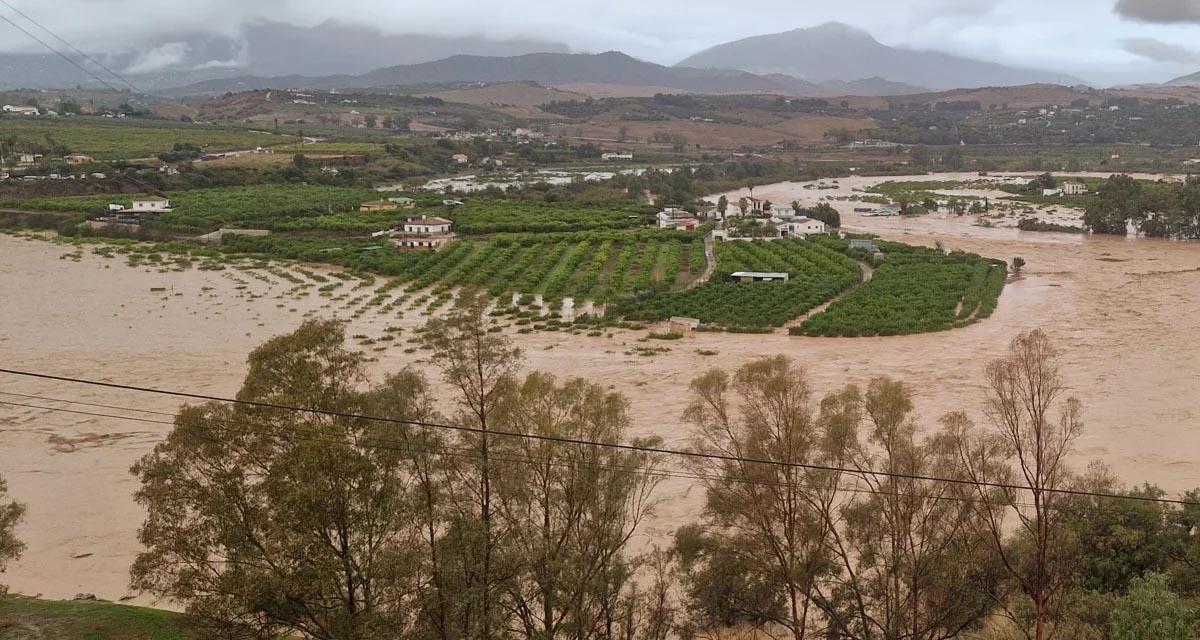
Boosting Climate Resilience: Wetland4Change Project Advances Flood Management Solutions for Mediterranean Coastal Zones
The Mediterranean coastal zone´s combination of multiple severe climate hazards – rising temperatures, water scarcity, sea-level rise, and extreme weather events – makes it a hotspot for highly interconnected climate risks for the ecosystems and societies. Recent catastrophic floods in ...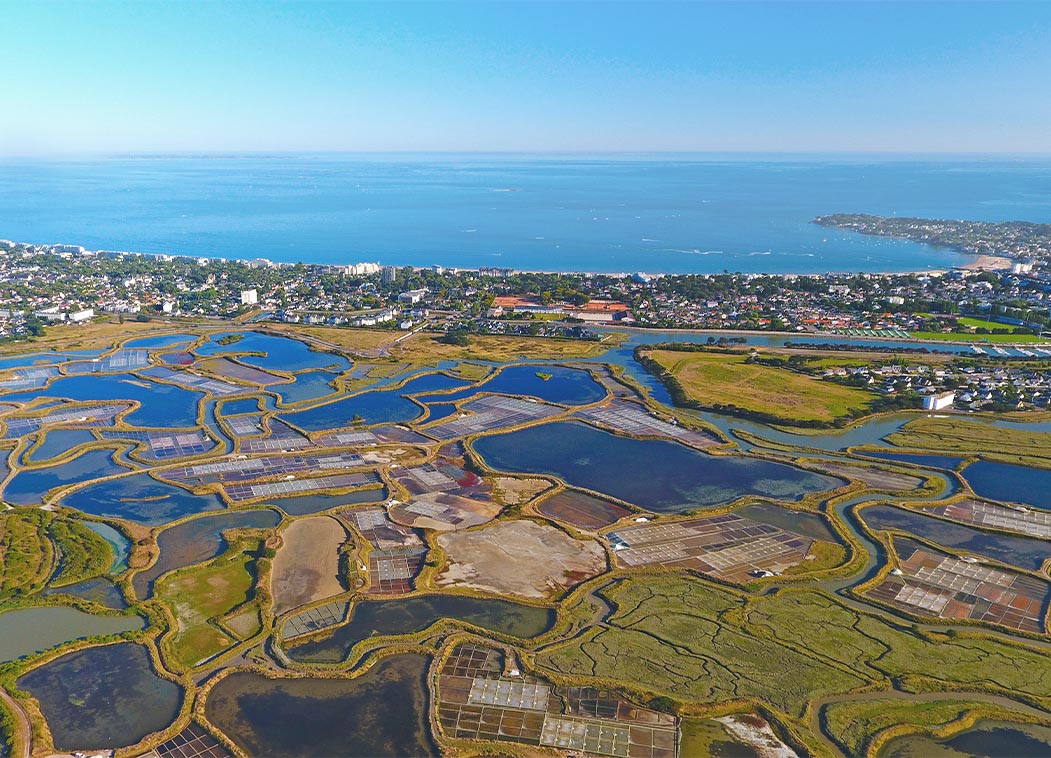
RESTORE4Cs 1st Policy Brief: How can coastal wetlands help achieve EU climate goals?
The first RESTORE4Cs Policy Brief of RESTORE4Cs, “How can coastal wetlands help achieve EU climate goals?“, highlights the importance of European coastal wetlands for reducing Greenhouse Gas emissions. The key messages of the first RESTORE4Cs Policy Brief include: Coastal wetlands are important natural carbon stores, ...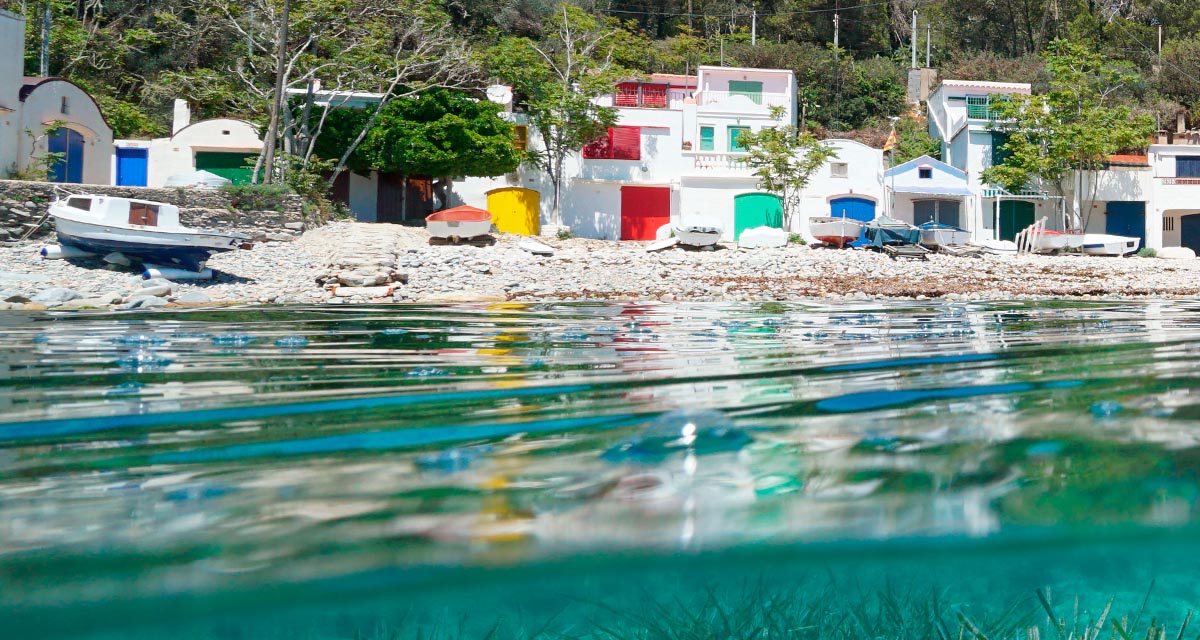
Mapping the Impact of Blue Tourism in the Mediterranean
The IUCN Centre for Mediterranean Cooperation with the support of ETC-UMA in the framework of the Blue Tourism Initiative, has released a comprehensive report entitled “Mapping the Impact of Blue Tourism in the Mediterranean: Vulnerability Assessment of Coastal and Marine ...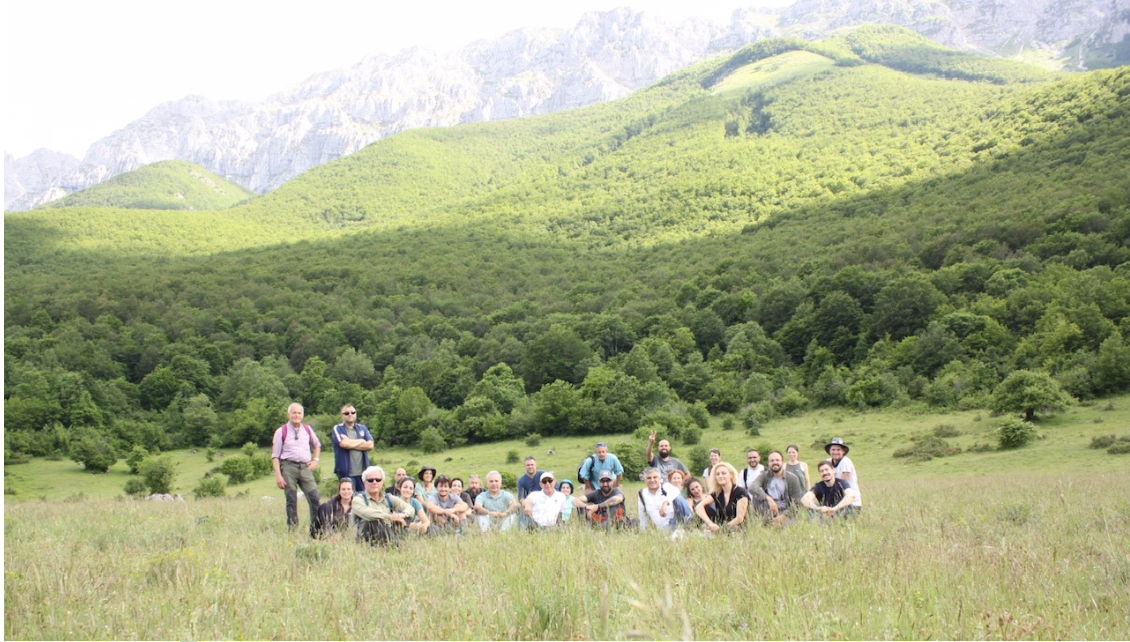
StrategyMedFor Presented at Annual Medforval Meeting 2024
StrategyMedFor was prominently featured at the Annual Medforval Meeting 2024, held from June 5-7 in Fontecchio, Italy. The event brought together 25 practitioners from national parks and natural reserves across 9 Mediterranean countries, providing a valuable platform for StrategyMedFor to ...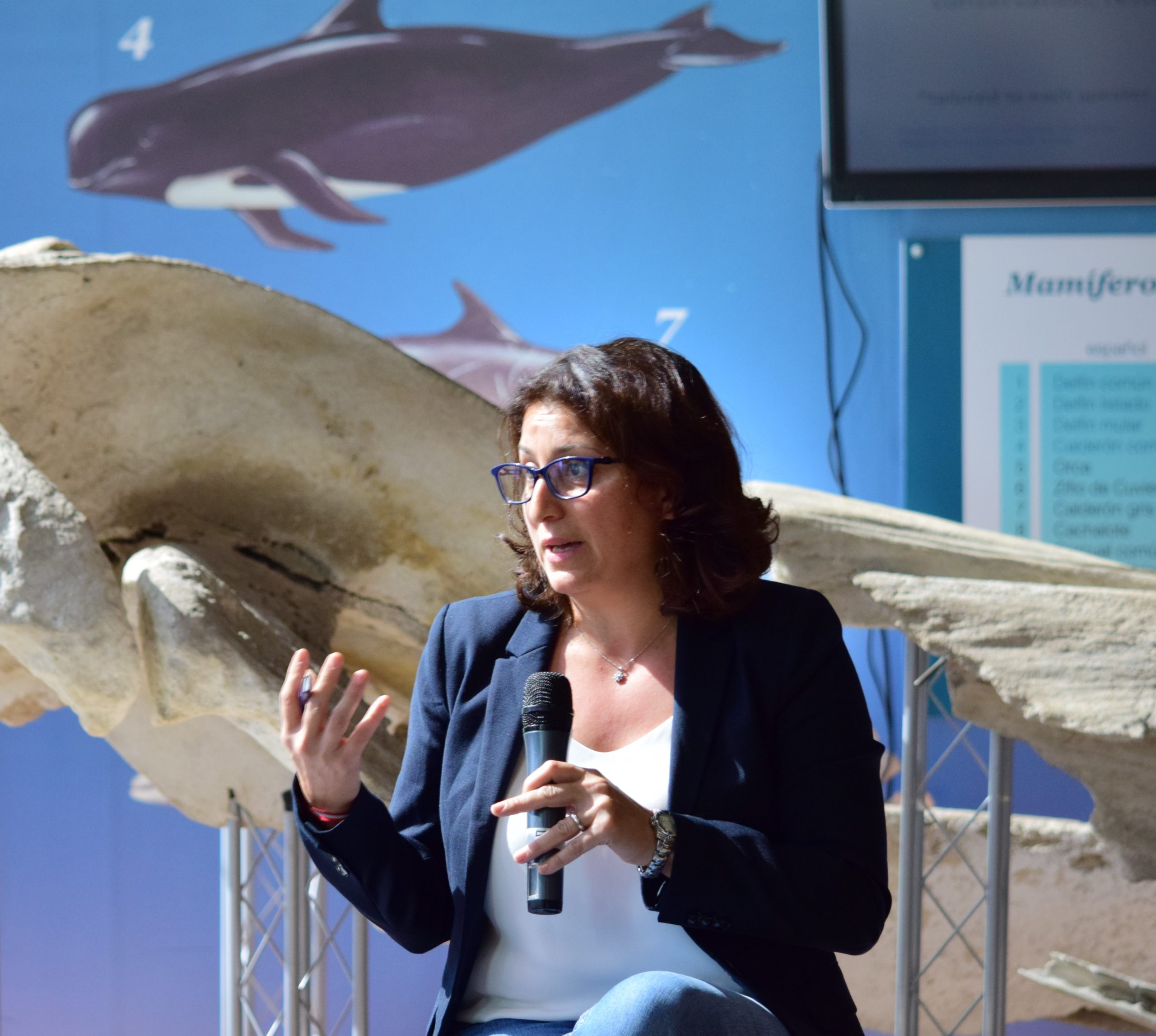
Celebrating leadership in environmental management: an interview with Dania Abdul Malak
From designing integrated ecosystem assessments in Europe and the Mediterranean to transforming outcomes into evidence-based recommendations for regional stakeholders, the European Topic Centre on Spatial Analysis and Synthesis (ETC-UMA) stands as a flagship for territorial cooperation. At the forefront of ...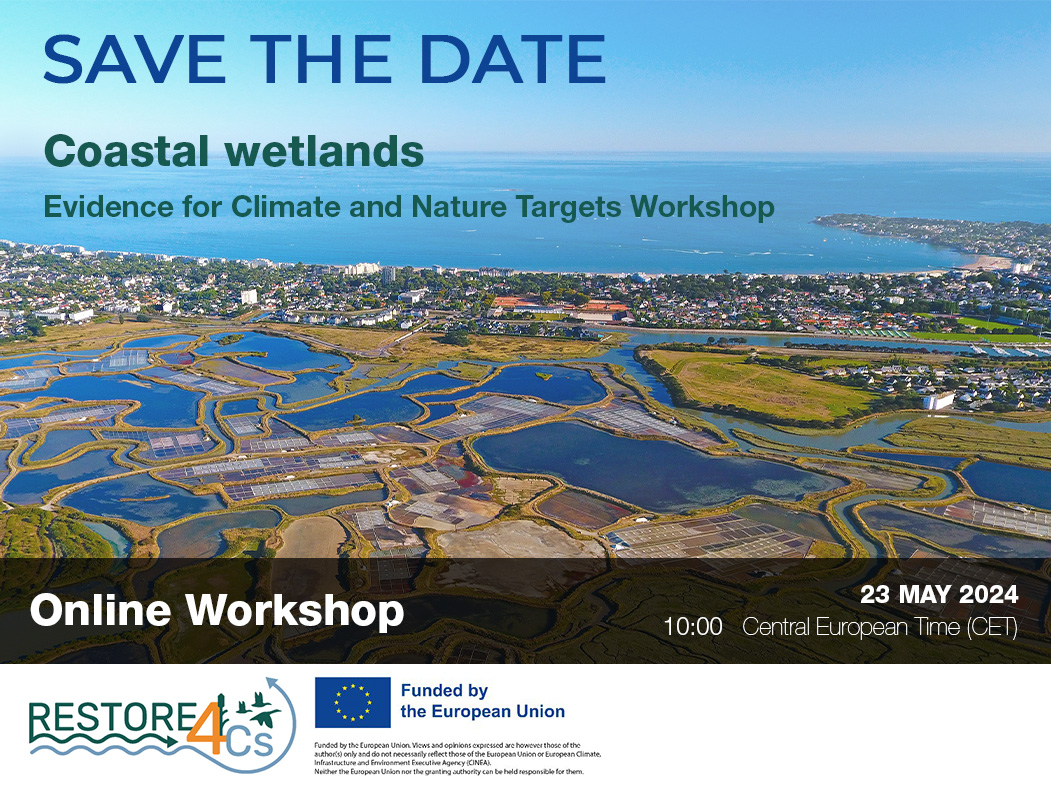
Save the date! Unlocking solutions for coastal conservation in Europe
How can coastal wetlands respond to major European Union objectives such as climate neutrality, biodiversity protection, and pollution reduction? What key role do coastal wetlands play in achieving EU commitments for climate mitigation and biodiversity conservation? The European Topic Centre ...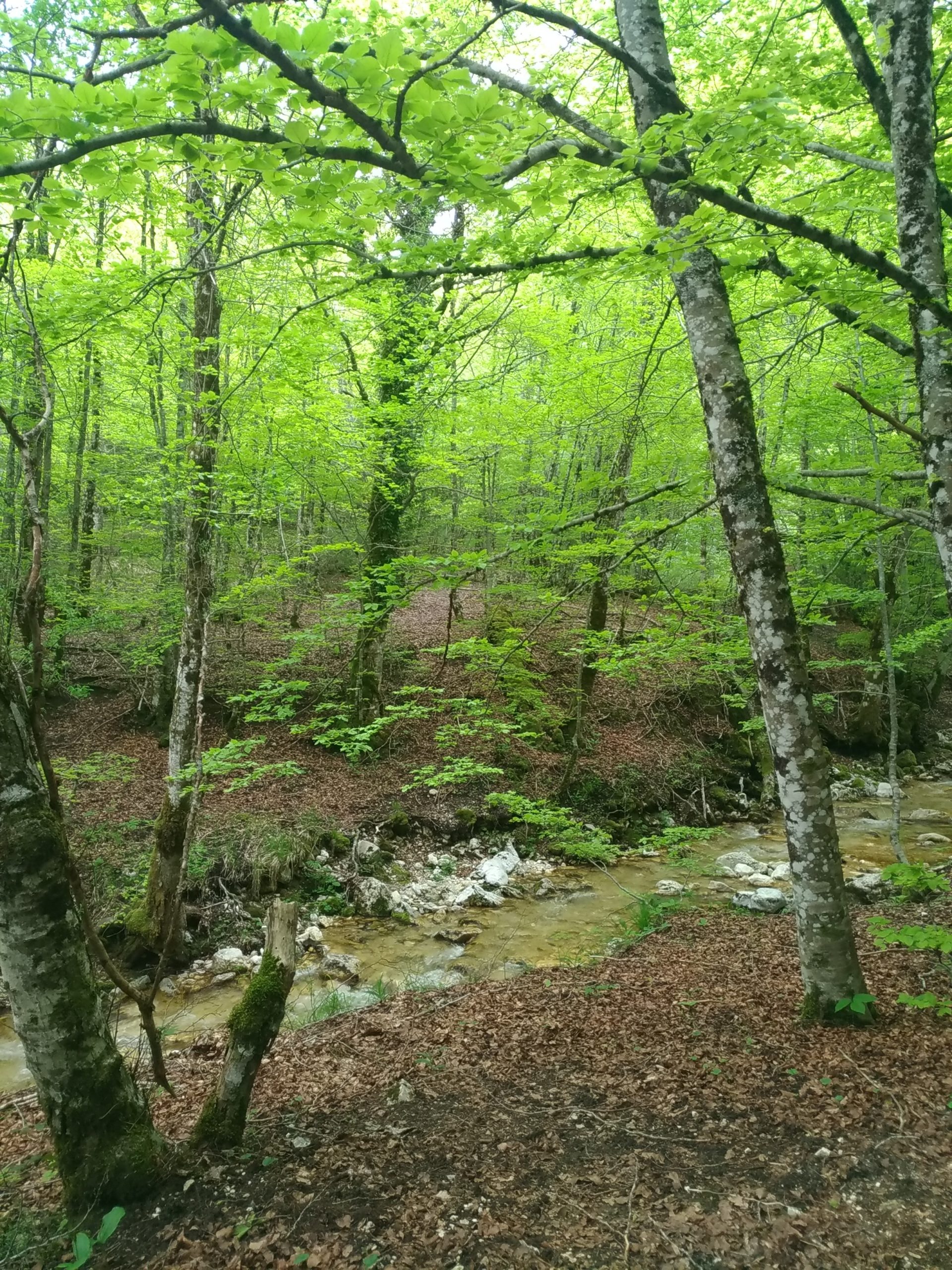
Towards a Strategy for the Sustainable Management of Mediterranean Forests (StrategyMedFor)
The StrategyMedFor project, co-financed by the Interreg Euro-MED programme, was launched at the University of Malaga during a two day meeting that took place on March 18 and 19, 2024. The European Topic Centre on Spatial Analysis and Synthesis (ETC-UMA), ...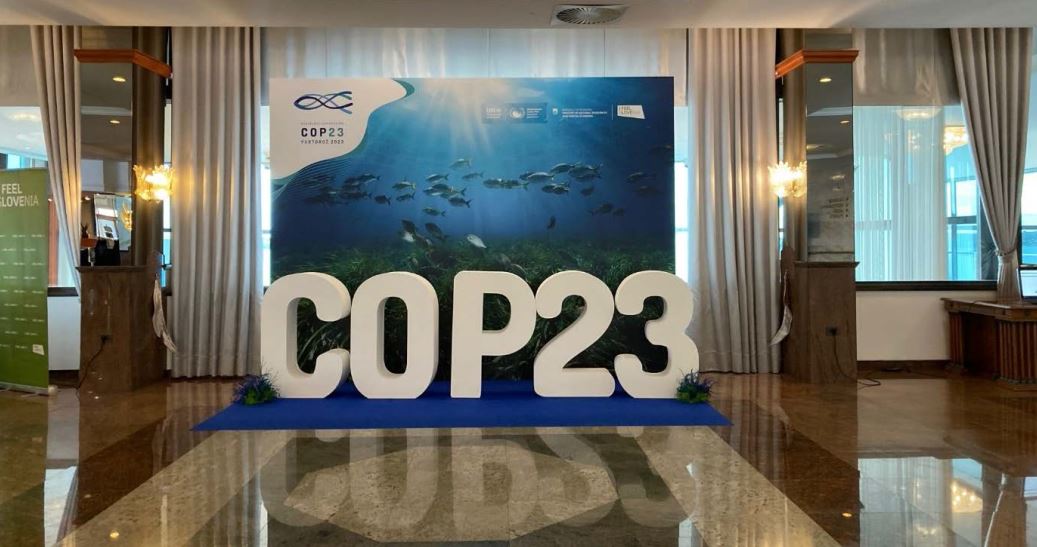
Collaborative science for forests by ETC-UMA showcased in Slovenia during the COP23
As UNEP MAP partner organization, ETC-UMA recently engaged in the organization of a session with Mediterranean institutions under the topic of climate change, entitled: From COASTAL to FOREST ecosystems: Mediterranean Nature-based Solutions to tackle climate change and ensure the Resilience ...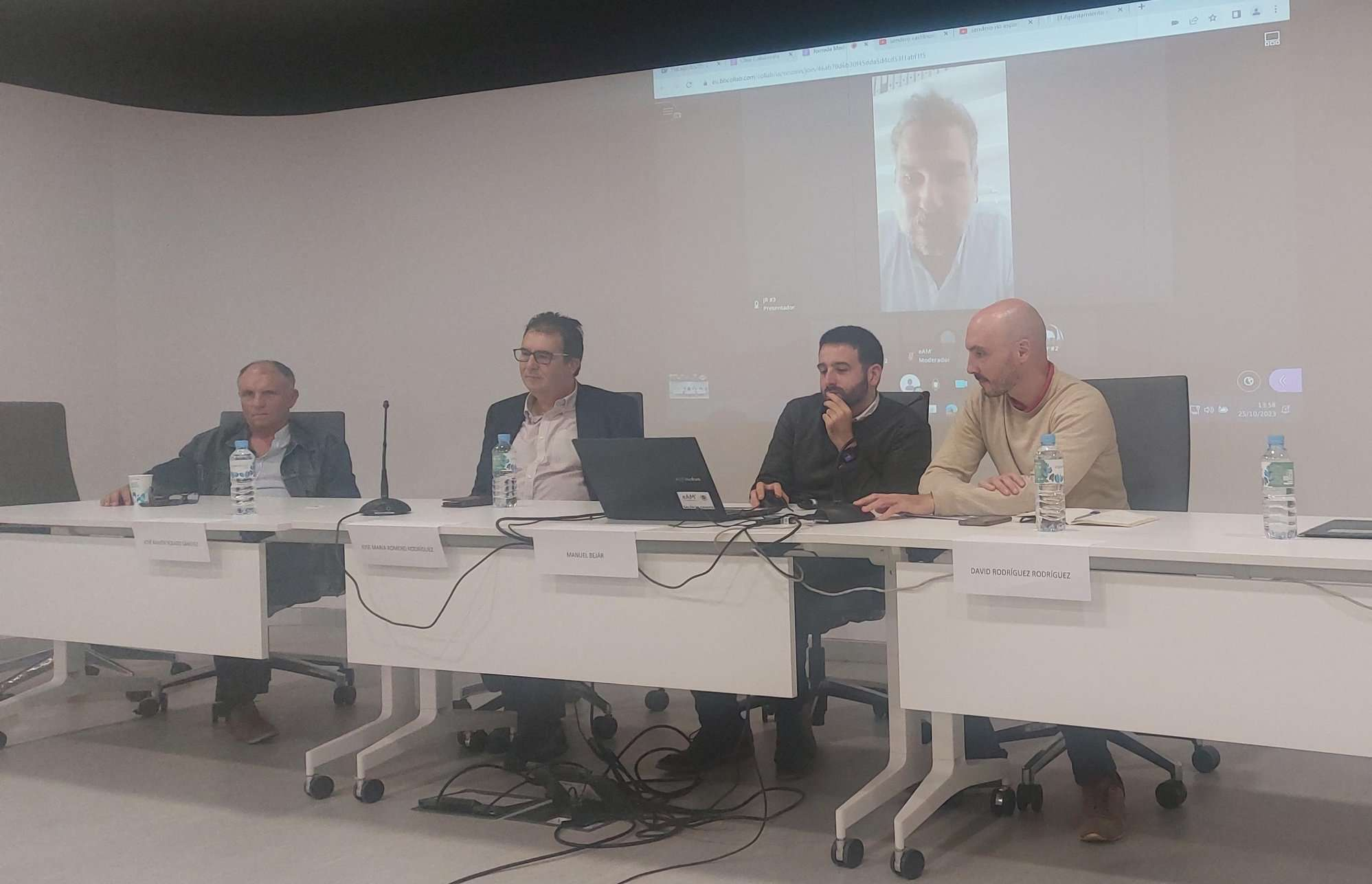
Tools for conserving the Spanish coast
On the initiative of the Instituto Universitario Hábitat Territorio y Digitalización (iHTD) of the University of Malaga, around 70 representatives of Spanish public administrations, researchers, architecture and environmental science players and civil society signed up to the second debate on ...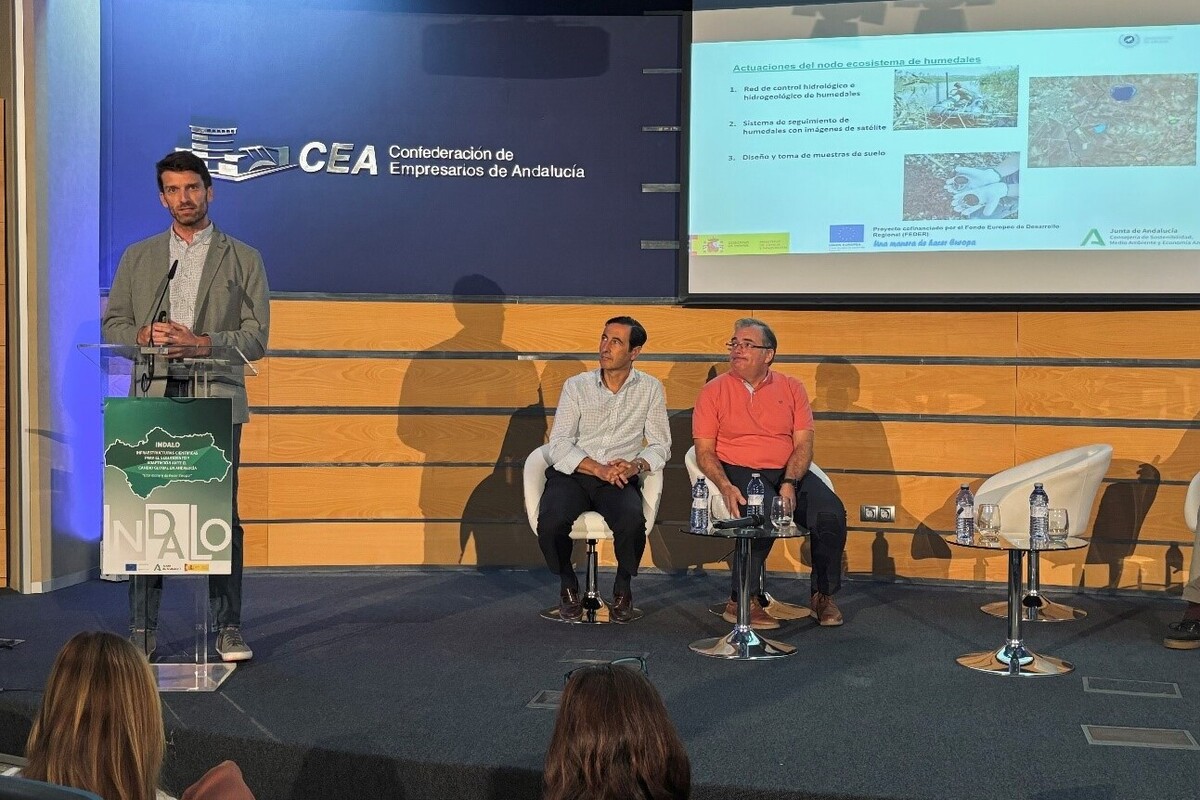
GreenEye System: a cloud-based system to monitor wetlands in Andalusia
Developed in the frame of the LifeWatch INDALO project cofinanced by the European Regional Development Fund (ERDF) for the study of biodiversity and global change in Andalucia, GreenEye System, this new cloud-based monitoring system, provides useful tools for wetlands’ assessment, ...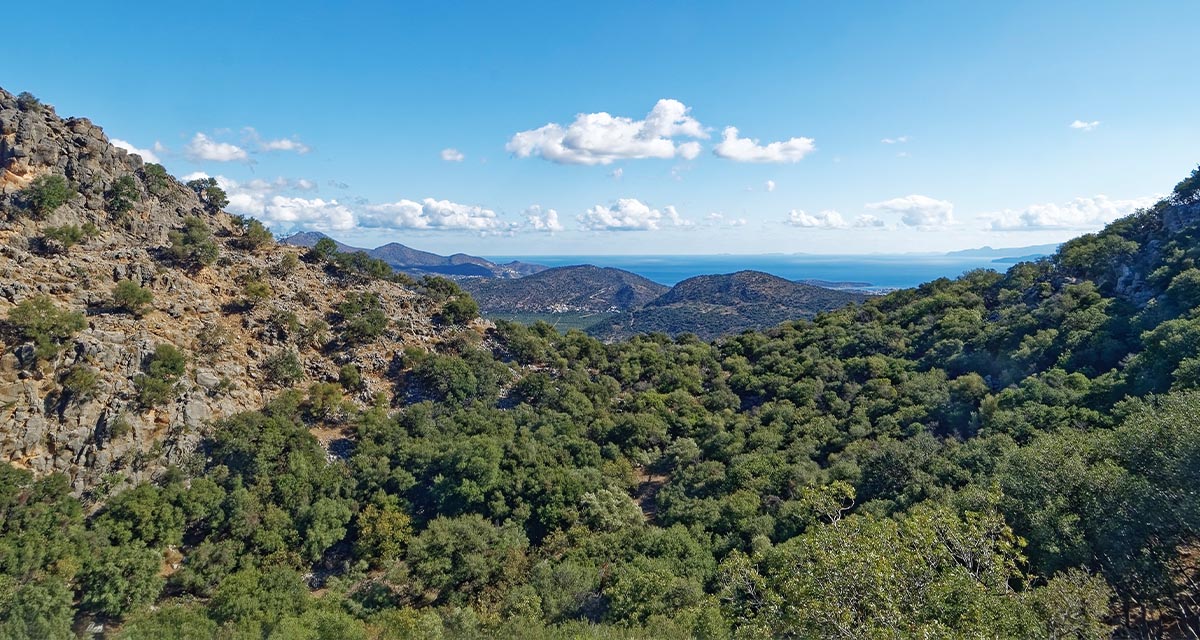
Looking back and forth to Mediterranean Forests
Timely published to enrich the knowledge available to fight fires and climate change challenges after an extremely hot summer, the proceedings of the Seventh Mediterranean Forest Week “Forest and Ecosystem Restoration for the next Mediterranean Generations” held from 21 to ...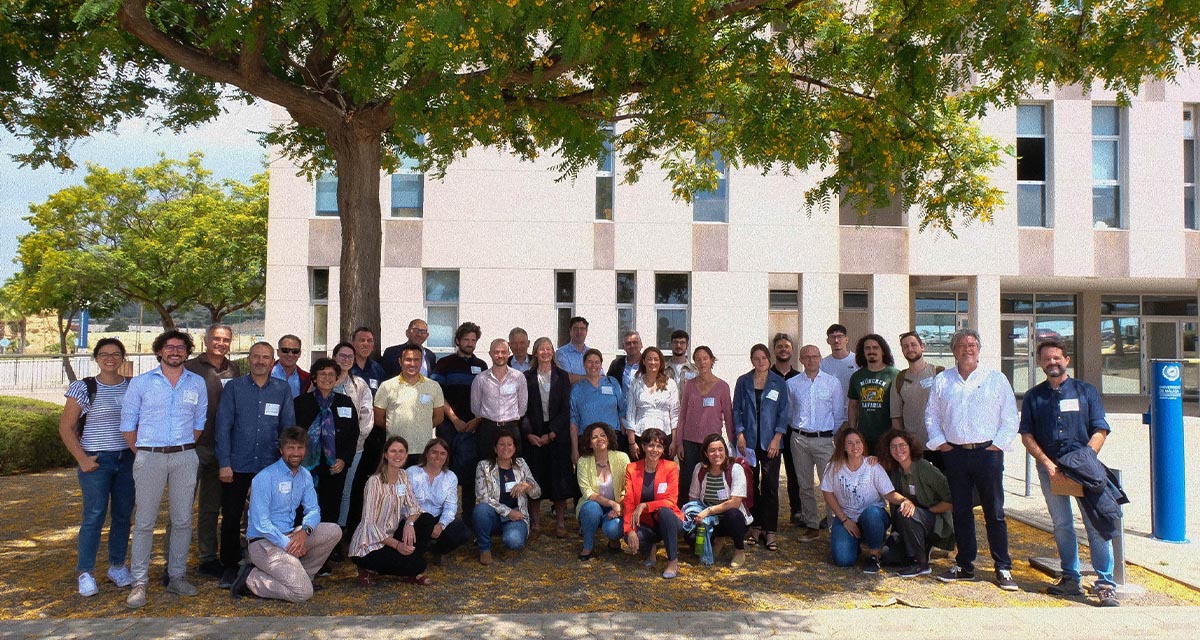
More space for innovative Mediterranean forest data partnerships
The report entitled A knowledge baseline on Mediterranean forests supported by innovation launched in July by ETC-UMA provides a highlight of what Mediterranean countries and institutions are doing to integrate new digital, satellite and Artificial Intelligence technologies into forest monitoring ...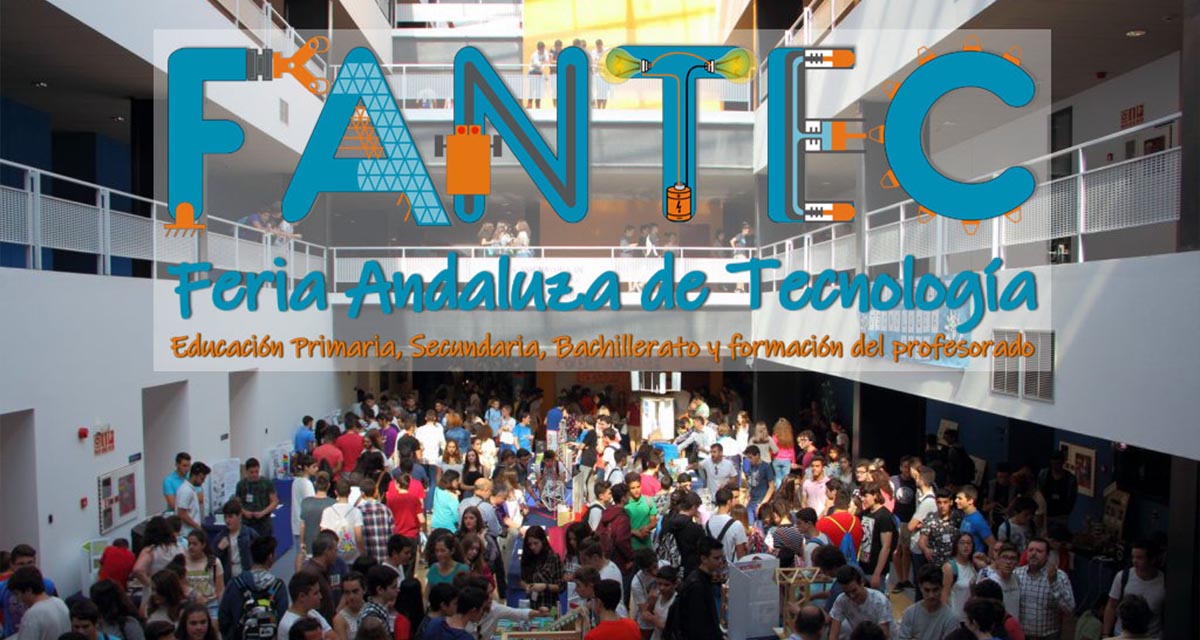
The Earth from Space shown by ETC-UMA at FANTEC 2023
Students from 80 centers from all over Andalusia came together on Friday 19 May 2023 at the High School of Industrial Engineering of the University of Malaga to participate, one more year, in the Andalusian Technology Fair 2023. Antonio Sanchez ...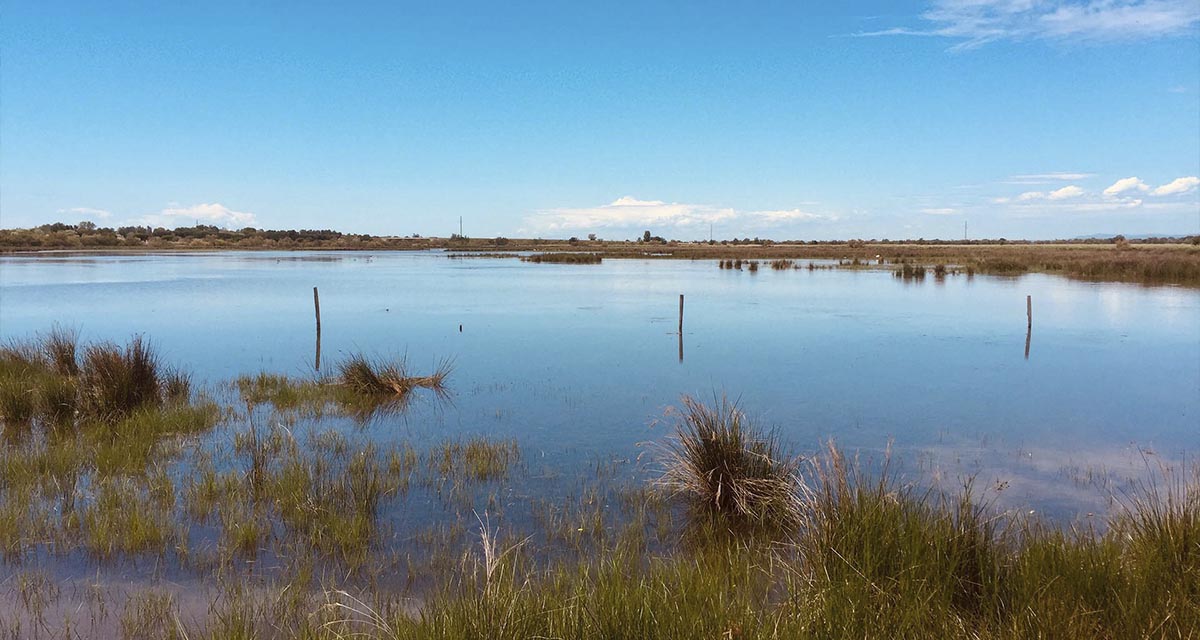
ETC-UMA launches new technologies applied to ecosystem knowledge
Built on the Google Earth Engine cloud computing platform, the new wetland monitoring system based on remote sensing data, developed by ETC-UMA and presented in April 2023 at the National Centre for Environmental Education (CENEAM by its acronym in Spanish) ...